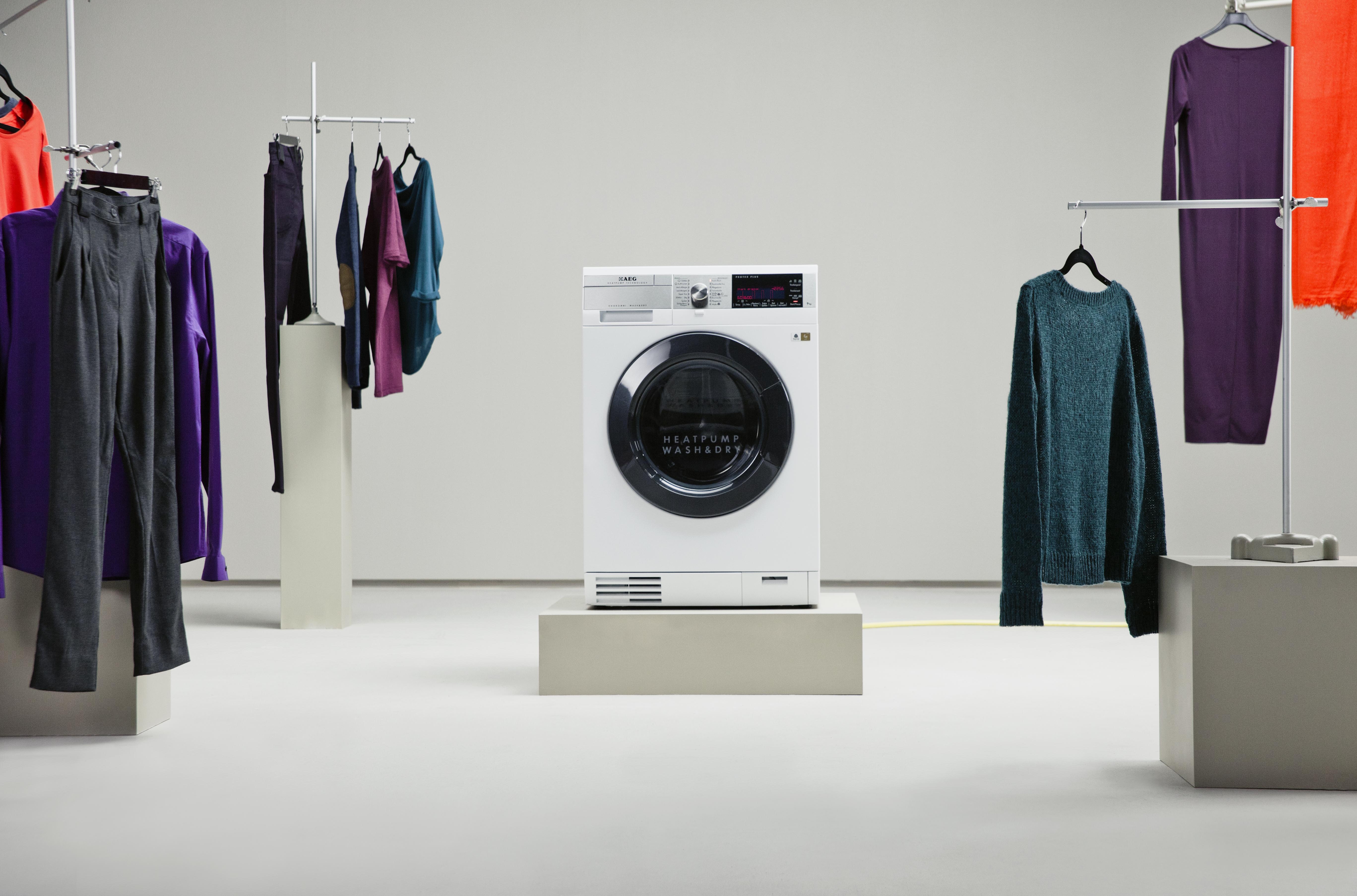NOT long after Cheryl Mendelson saw her only son off to college in late August, she received a phone call that will be familiar to many parents of college students: her son, a freshman living in the dormitories at Yale University, had some questions about laundry.
“He wanted to know about separating his clothing,” she said. “He was going through his shirts — ‘What about the plaid black one? Where does that go?’ And then he wanted to know how to fold T-shirts. And I was so touched that he intended to fold them.”
Fortunately for her son, Ms. Mendelson, a Harvard-educated lawyer and professor of ethics and morality at Barnard College, is perhaps the ideal source to consult for a laundry primer. She spent four years writing a 416-page book called “Laundry: The Home Comforts Book of Caring for Clothes and Linens.” It was inspired by her growing up on a farm outside Mather, Pa., a small Appalachian mining town, in the 1950s, when clothes were handmade and washing by hand was part of a culture that Ms. Mendelson says has been lost.
“I see people in my building elevator carrying baskets, and everything is kind of gray and drab,” she said, because they don’t know how to wash clothes.
So what is the best way to do laundry? First, clothes need to be separated.
Keeping like-colored clothing together maintains its brightness, Ms. Mendelson said. She recommends separating clothes into five categories: whites; lights and almost-whites (yellows and whites with prints); brights (reds, oranges and light blues); darks (purples and blues); and blacks and browns.
She tests dyed items that might bleed by dipping a corner into a glass of water mixed with a tablespoon of detergent at wash temperature; if the water becomes colored, the item needs to be washed separately. As for towels, she explained, they will often bleed on their first washing, and then stop.
If you err in your separating, whites and brights may become dull. Ms. Mendelson’s solution is something she calls “the double wash, triple rinse.” The clothes are first run through a wash-and-drain cycle, then the machine is stopped, more detergent is added and the wash-and-drain cycle is repeated with the hottest water the fabrics can bear. “Then double or triple rinse to get all that extra soap out,” she said.
It helps to understand what goes on inside the washer: cleaning is achieved not just by immersing the clothes in soapy water, but through agitation, when clothing rubs against other clothing. That’s why under- or overloading should be avoided, said Frank Downing, an engineer and director of products and design at Electrolux in Augusta, Ga. A comfortable full load mixing large and small items is ideal.
Another thing to consider is the type of detergent you use. “Detergent breaks down dirt in clothes, and it also helps to suspend the dirt in the water so it doesn’t redeposit on the clothes,” Mr. Downing said.
